The answer to this question is critical for keeping your loved ones safe. So please, keep reading.
Most people know that carbon monoxide (CO) is a poisonous gas. It’s colorless, odorless and tasteless. Whenever something is burned, such as natural gas, LP gas, fuel oil, gasoline, diesel fuel, charcoal or wood, carbon dioxide is one of several by products of the combustion process. It is also the most dangerous and deadly.
The direct answer to the question, “can a fireplace cause carbon monoxide?” is yes it does! Your gas, pellet or wood burning stove, insert or fireplace will produce carbon monoxide. All heating appliances should be vented to the outside. This is why it’s always a good idea to have any heating equipment checked by a professional prior to the heating season. This includes any type of hearth product, your forced air furnace or boiler system, any space heater, and your gas hot water heater.
Unfortunately, there are news stories every year about a family camping whose faulty furnace poisoned them as they slept, a vehicle running in an enclosed garage, the cracked heat exchanger in the forced air furnace, or the close call because the gas logs were being operated with the damper closed on the old wood burning fireplace.
THIS INVISIBLE, ODORLESS GAS CLAIMS OVER 400 LIVES EACH YEAR.
HAVE YOUR EQUIPMENT CHECKED BY COMPETENT AND EXPERIENCED PROFESSIONAL.
How does carbon monoxide hurt you?
If there is too much carbon monoxide in the air you breathe, your body will replace the oxygen in your red blood cells with carbon monoxide. The hemoglobin in blood will always grab onto CO and ignore the life-giving oxygen. This will prevent the oxygen from reaching vital organs and tissues. Depending on the length and levels of exposure to CO, this chemical reaction will quickly destroy cells.
Even low-level exposure to carbon monoxide can result in permanent organ and brain damage. This is dangerous to everyone, but especially the elderly, those with heart disease, children, and pregnant women are at a greater risk.
Common signs and symptoms
It’s easy to mistake the most common symptoms of carbon monoxide poisoning. Victims often think they have the early signs of the flu or a nasty cold coming on. A feeling of being extremely tired, exhausted or drowsy is quite common.
Other symptoms of CO poisoning will include headaches, dizziness, confusion, blurred vision, feeling clumsy, chronic fatigue, nausea, and a feeling of weakness. Carbon monoxide poisoning is a dangerous medical condition. Victims need lots of fresh air and medical attention pronto.
What can I do?
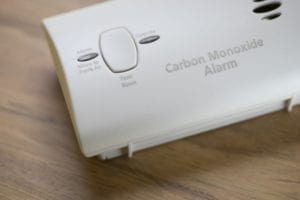 There are several things done to be done routinely to keep your loved ones safe.
There are several things done to be done routinely to keep your loved ones safe.
- Most importantly, install carbon monoxide detectors. These devices work like a smoke alarm. A loud alarm sounds when levels of CO start increasing in your home. Bedroom hallways, the furnace or mechanical room, and your living or great room would be the preferred locations in your home to install a CO detector. Buy three or four. Depending on the model, they only cost between $25 – $50 each.
- All by-products of combustion process from gas fireplaces, stoves or inserts should be vented to the outside according to the manufacturer’s instructions. The by-products of combustion from a direct vented gas stove or fireplace can be vented horizontally through a side-wall or vertically through the roof.A gas fireplace insert is vented with a flexible aluminum pipe. Your existing chimney acts as a conduit to run the vent pipe out of the house. A special termination cap is connected to this pipe and sealed down to the existing chimney.An annual service call by your WE LOVE FIRE dealer is important. To ensure that your gas fireplace, stove, or insert is properly vented, a trained gas service tech will check the venting and several other items on your gas equipment to ensure optimum performance and operation.
- If you have a wood or pellet stove, fireplace, or insert, it’s critical that the chimney system or the liner in the chimney has been installed correctly and is properly maintained. The National Fire Protection Association code 211, clearly says that chimneys are to be thoroughly inspected on an annual basis and cleaned if necessary. Cracked or deteriorated flue tiles, separation of stainless steel components or accumulation of critter’s nesting materials can lead to life threatening problems. Find a professional near you.
- If you’re burning wood in an open fireplace, the damper should be fully open. If your fireplace, stove, or insert has gasketed doors, they should be completely closed tight when you’re burning wood.
- If you have a gas log set in your wood burning fireplace, the damper must be fully open when burning gas. For safety, manufacturers require a C clamp be installed on the damper to prevent it from being completely closed.
- Trust your WE LOVE FIRE dealer to keep your family safe. Our specialized technicians have loads of experience, national credentials and take continuing education credits to make sure potentially dangerous situations can be quickly identified and corrected. Please call now while you’re thinking about it.
- Symptoms may include headache, dizziness, vomiting, chest pain and confusion. If you or someone you’re with develop signs or symptoms, leave the area and get fresh air immediately. Call 911 for emergency help. Depending on the length of exposure, prompt medical attention can make a big difference in the victims recovery.
Conclusion:
Will a fireplace create carbon monoxide? Absolutely, it certainly does! But sleep well tonight knowing that your CO alarms are on duty 24 hours a day and that nationally certified professionals are a phone call away to inspect your chimney or venting system.
If you would, please take a few minutes and read “How to keep your loved ones safe.” It might just make a huge difference.
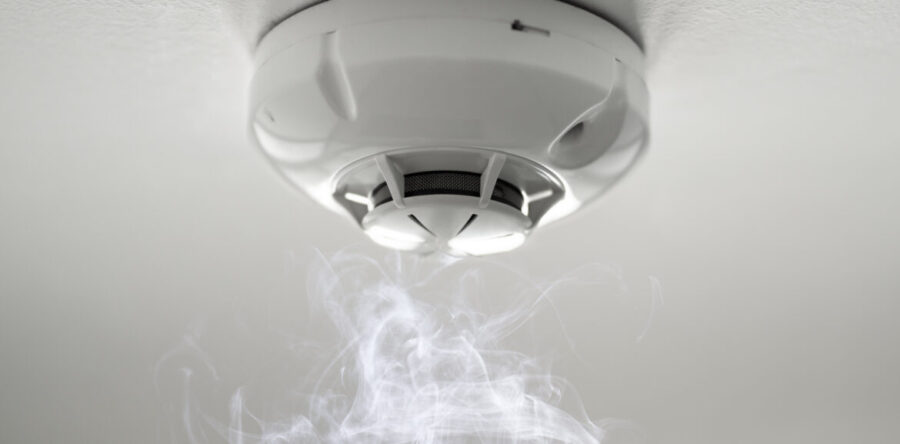
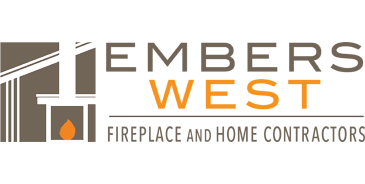
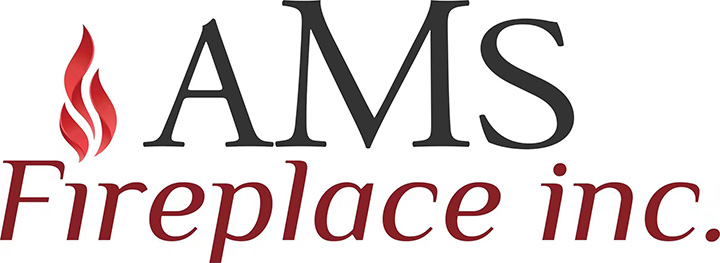
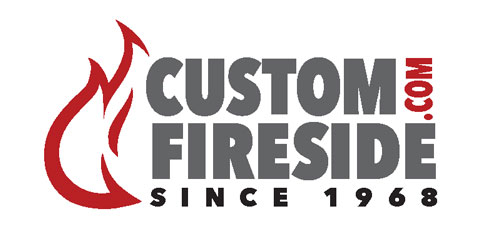
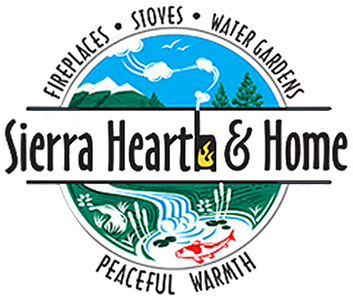

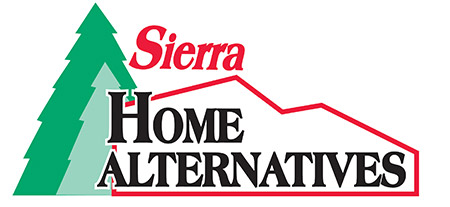
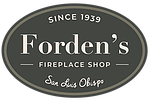




4 Responses